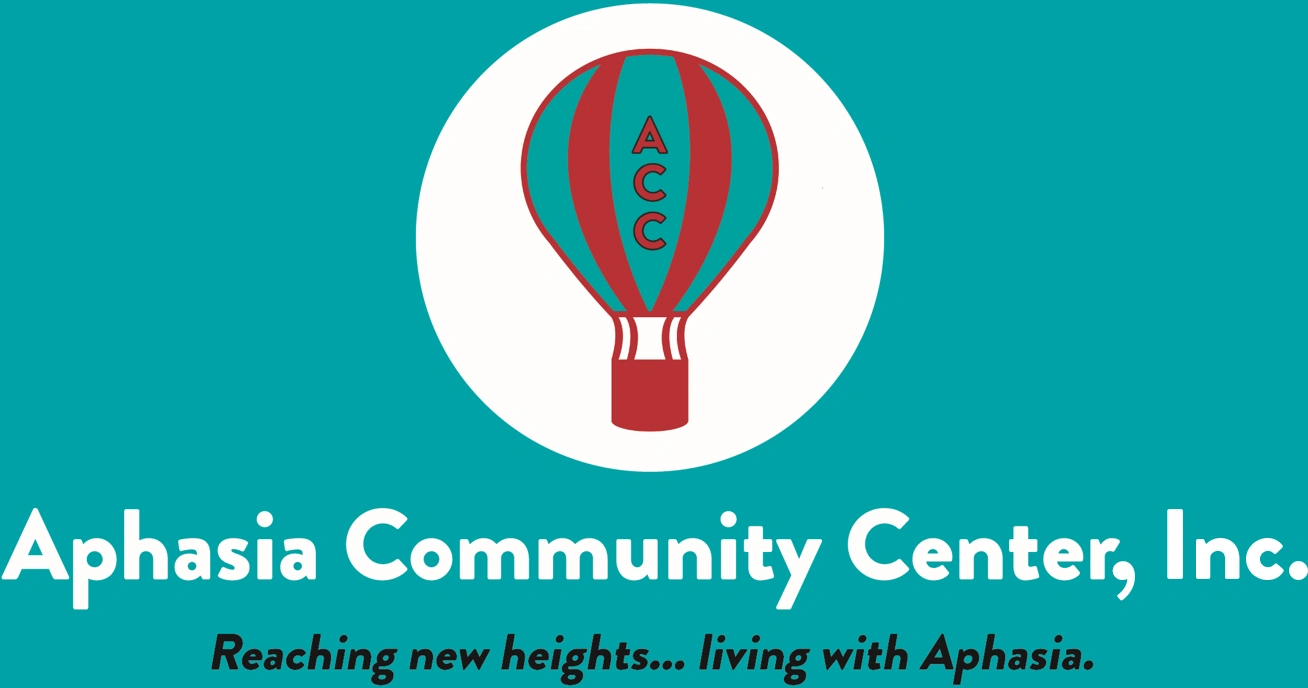Learning to write with your non-dominant hand due to right-side paralysis is not just a challenge but a goal that is both within your reach and achievable. By exploring solutions, including adaptive writing tools, you can find what works best for your unique situation and make significant progress in your writing ability.
Tips for Learning:
- Hold the pen Correctly: Begin by holding the pen or pencil like you would with your dominant hand. Use the same type of grip, but avoid holding it too tightly. A loose grip is essential for better control and less smudging.
- Start with Basic Shapes and Lines: Before starting letter writing, practice drawing straight lines, circles, and simple shapes. This strategy helps build muscle memory and control.
- Tracing Exercises: Tracing letters can be an excellent way to start. It lets you get a feel for the writing movements without creating the shapes from scratch.
- Letter Formation Practice: Once comfortable with tracing, write letters freehand. Begin with all capital letters, then practice lowercase letters. Use large, exaggerated movements and gradually reduce the size as your control improves. When successful, try cursive (script) handwriting, including your signature.
- Consistent Practice: Regular practice is critical. Dedicate a specific time each day to practice writing with your non-dominant hand.
- Slow Down: Writing with your non-dominant hand will naturally be slower and may feel awkward at first. Don’t rush it. Take your time and focus on the quality of your movements.
- Seek Professional Advice: Remember, you’re not alone on this journey. Seeking professional advice from occupational therapists and speech-language pathologists is crucial. Professionals can provide personalized strategies and exercises tailored to your unique situation, giving you the support you need to improve your writing ability.
- Stay Positive: Learning to write with your non-dominant hand requires patience and persistence. Feeling frustrated sometimes is normal, but remember that progress takes time. Stay positive and celebrate even the smallest victories. With consistent effort, you will see improvement.
Adaptive Writing Tools:
Adaptive writing tools are not just tools; they are your allies in this journey. Specifically designed to aid individuals who need alternative writing methods, these tools can revolutionize your writing experience. They can help you keep a better grip, prevent paper from moving, and even make it easier to track your progress. Consider using one or more of the following tools to improve your grip and control, as they can significantly enhance your writing ability.
- Universal Cuff: A universal cuff is a versatile device that can hold various items, including pens and pencils, for those with limited hand function. It wraps around the hand or wrist and secures writing instruments, allowing the user to write without needing to grip the pen.
- Pen and Pencil Holders: These holders fit over a pen, pencil, or marker and enlarge the grip of writing instruments, making them easier to hold and maneuver. They come in various shapes and sizes to accommodate different needs and preferences.
- Finger Weave: This technique involves weaving a pen or pencil between the fingers to hold it in place. It can be helpful for those with some finger movement but limited grip strength.
- Rolling or Felt Tip Pen: These pens require less writing pressure, which is helpful for individuals with limited strength or dexterity.
- Push Gloves: Push gloves can help individuals with paralysis by providing extra friction and control when pushing a pen or pencil across a page.
- Weighted Pens: Some individuals find that using a heavier pen helps with control and stability during writing. These pens can be handy for stroke survivors or those with muscle control issues.
- Adaptive Keyboards: Adaptive keyboards with larger keys or alternative layouts can be helpful for those who find it easier to type than write by hand. For added help, pair the keyboards with text-to-speech software.
- Voice-to-Text Software: Technology has made writing possible without using your hands. Voice-to-text software allows individuals to speak their thoughts, which the software transcribes into written text.
- Non-slip Mats: Placing a non-slip mat under your writing paper can prevent it from moving and help you gain better control.
Remember, the goal is to develop new skills and adapt to your situation. Like any skill, it takes time and practice. Be kind to yourself during this process and celebrate the small victories. These tips and tools can provide added strategies and encouragement as you adapt to writing with your non-dominant hand.
___________________
Sources: Wiki How wikihow.com, YouTube youtube.com, The News-Press news-press.com, Especial Needs especialneeds.com, The Wright Stuff thewrightstuff.com, Health Products for You healthproductsforyou.com

